From 1957 to 2001, Madmagazine ran no outside ads—a highly noteworthy feat. Ideally, advertising income should finance 100% of a magazine’s operating costs, materials, payroll, profit, everything, leaving actual newsstand and subscription revenues as mere icing on the cake (that’s how alt weeklies can pull off free-of-charge distribution—well, that and criminally underpaying their art directors BUT I’M NOT BITTER). Mad‘s model was such a drastic inversion of the usual magazine industry business template that, off the top of my head, I can think of few other long-running rags to pull that off—Cooks Illustrated and Consumer Reports, both of which, if I recall correctly, survive on at least some institutional support, and the horrifying Reader’s Digest, which finally began taking ads in the ‘70s, probably realizing via the success of the era’s televangelists what a goldmine of suckers their elderly right-wing audience could be.
Mad‘s late founding publisher and giant among beautiful freaks William Gaines refused ads for so long because he felt it would compromise the publication’s satirical bent. In this amusing TV segment, Gaines spelled out his rejection of advertising bluntly and succinctly:
It made sense—if for example Marlboro was paying the bills, writers might feel abashed to target Marlboro, and as it happens, Mad absolutely savaged the cigarette industry, even going so far, as you’ll see below, as to compare its death toll to Hitler’s. But so if all the revenue came from the readers alone, it was the readers alone who’d be served by the publication, and the writers and artists could freely satirize any entity they wanted to. And so they did—their advertising parodiesWe don’t believe in merchandising. We make FUN of people who suck every last dime out of a product, and so we won’t do it.
are legendary, and a Flickr user by the handle of Jasperdo has amassed an excellent collection of them. Most of them are from the late ‘50s to mid-‘60s, coinciding with the advertising industry’s so-called “creative revolution,” so naturally they all appropriate the distinctive feel of that era.
Monday, February 23, 2015
MAD magazine's most vicious advertising parodies, circa 1960
from Dangerous Minds
Labels:
1960's,
advertising,
humor,
MAD magazine,
satire
Subscribe to:
Post Comments (Atom)
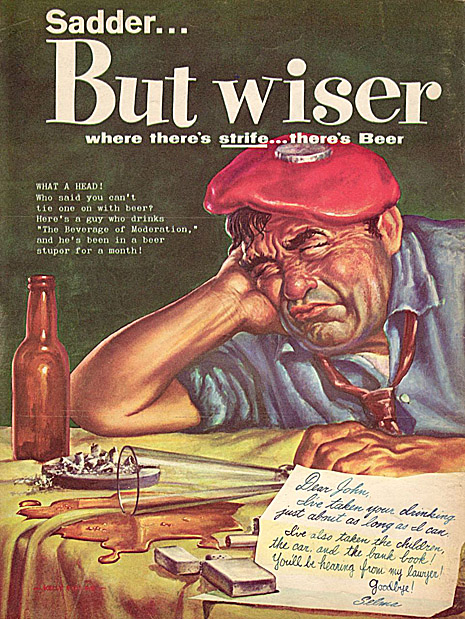

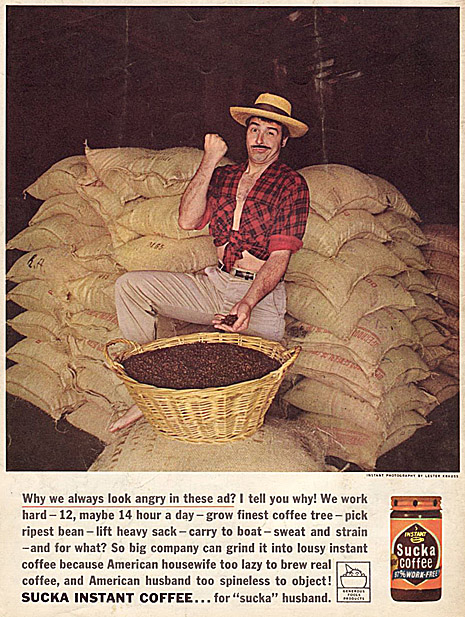

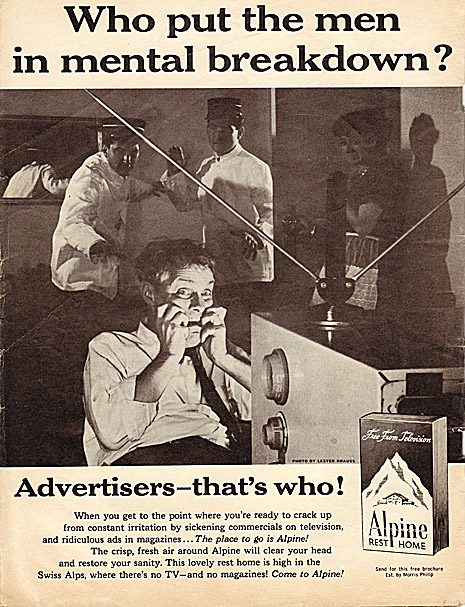

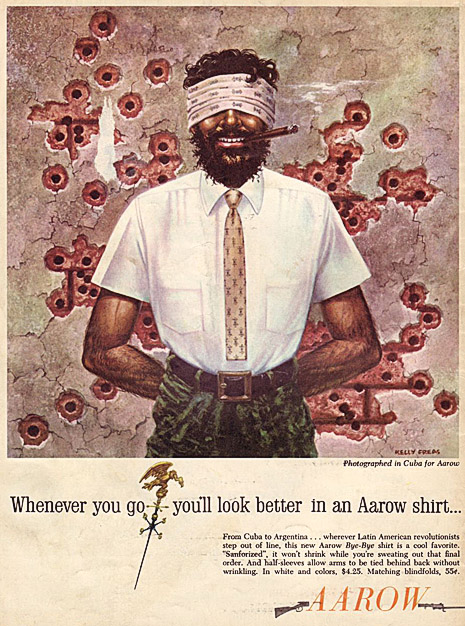
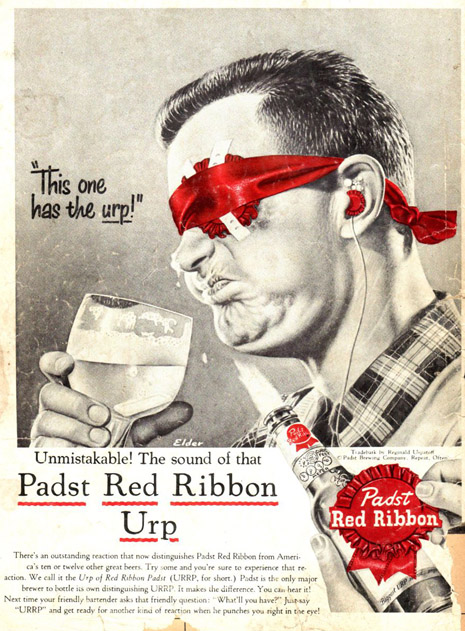



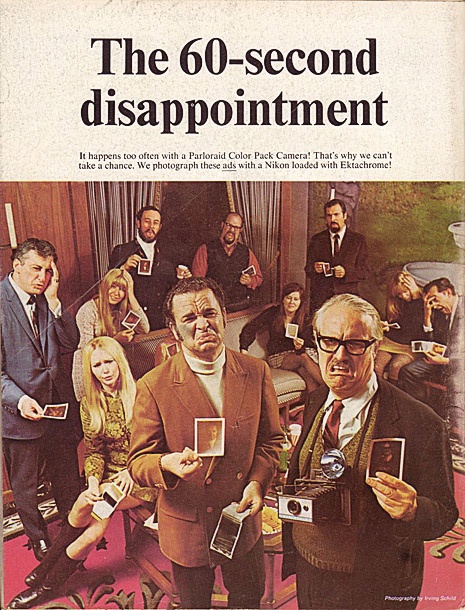























No comments:
Post a Comment